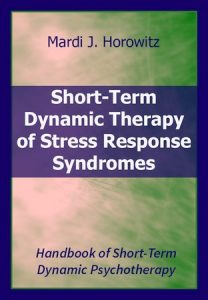ORIGINS AND DEVELOPMENT
Early in the 1970s, my colleagues and I conducted clinical investigations of persons who were struggling to master recent stressful events. At the time,
there was no diagnosis of posttraumatic stress disorder (PTSD) in the official nomenclature, DSM II. Yet in our clinical observations we found that intrusive
and repetitive thought, especially unbidden images, was a distinctive symptomatic response to stress, and often occurred in conjunction with its apparent opposite, phases of ideational denial and emotional numbing related to the potentially traumatic experiences.
In a series of experimental studies we found that most people’s subjective experience of intrusive thought increased after they experienced stress-inducing perceptions. Those experiments consisted of showing different types of subjects different types of films in laboratory settings with varied demand characteristics. In field studies, my colleagues and I also focused on a variety of persons who had recently undergone major life events. This led to the development of questionnaires that were specific to the subjective experiences that may increase after stress, such as found in the intrusion and avoidance measures on the Impact of Event Scale and in clinicians’ equivalent rating scales, such as the Stress Response Rating Scale
(Horowitz, Wilner & Alvarez, 1979; Weiss, Horowitz & Wilner, 1984).
